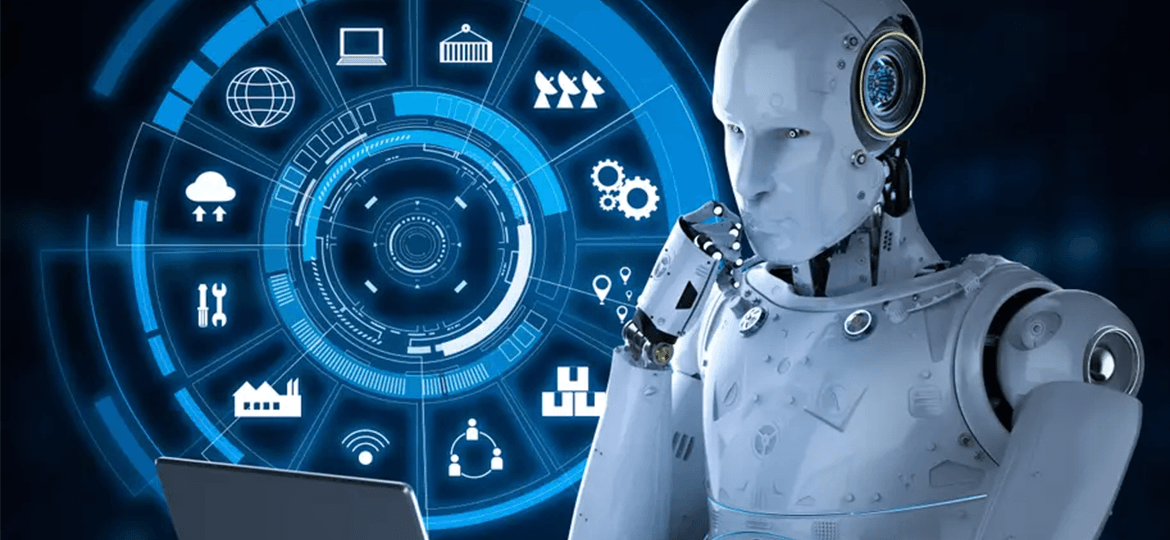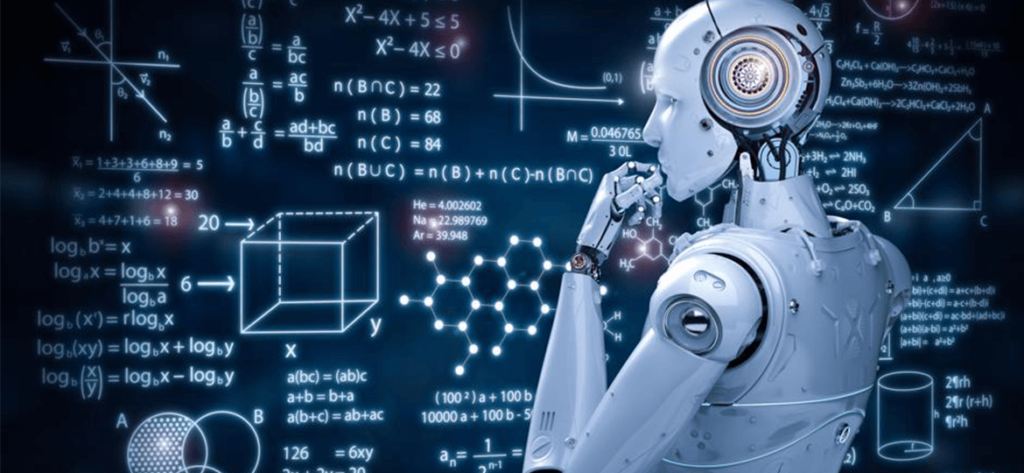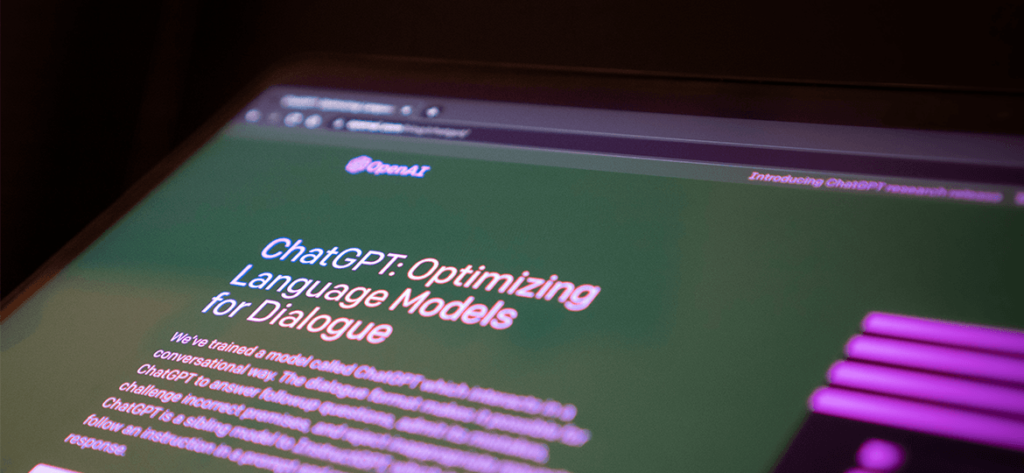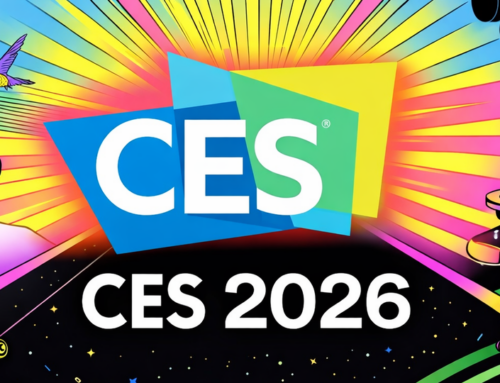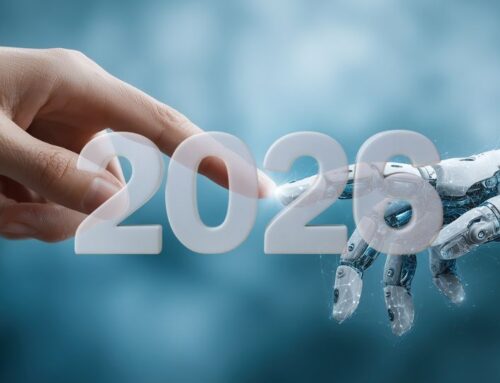April_ChatGPT Discussion|Discussion on Business Opportunities and Business Models Driven by ChatGPT
Currently, OpenAI's business model is to collect service fees from users through applications, including the ChatGPT model for natural language processing, the DALL-E model for creating and editing raw images, and the Whisper model for automatic speech recognition. The company charges according to different AI models and needs, and the generated AI images and language text are each priced according to resolution and characters. This business model is called Artificial Intelligence Generated Content (AIGC), which is to create brand-new content, such as text, graphics, audio, music, video, code, various designs, marketing ads, 3D models, etc., through machine-learning models, and is applied across a wide range of applications. The application scenarios span operation, customer experience, product and service innovation, and involve mostly knowledge-based or creative work.
Internet content production has gone through three phases: professionally generated content (PGC), user-generated content (UGC), and artificial intelligence-generated content, etc. Most of the Internet content in the Web 1.0 era was high-quality text and video produced by professionals, while in the Web 2.0 era, users began to upload their content freely, and it is expected that in the Web 3.0 era, content will be gradually changed to be produced by artificial intelligence automatically and contribute to the development of the meta-universe because it requires a large amount of digital native content to be created with the help of artificial intelligence. It is expected that Web 3.0 content will gradually be automated by artificial intelligence, which will contribute to the development of the meta-universe, as it requires a large amount of digital native content to be created with the help of artificial intelligence. The development of AI-generated content technology can be broadly categorized into three phases, as described below.
- Early infancy 1950s to 1990s: limited by the state of the art, the technology was only used for experimental purposes. 1957 Lejaren Hiller and Leonard Isaacson completed the first ever computer-generated musical composition "Illiac Suite". 1966 Joseph Weizenbaum and Kenneth Colbv developed the world's first chatbot, "Eliza", which analyzed text input to transform it into a computer-controlled robot. "In 1966, Joseph Weizenbaum and Kenneth Colbv developed the world's first chatbot, Eliza, which analyzed text input and reassembled specific words and phrases into entirely new combinations. 1980s IBM developed the voice-controlled typewriter "Tangora", capable of processing 20,000 words.
- The 1990s and 2010s: The technology moved from experimental use to commercialization. Although deep learning, graphic processing unit, tensor processor and training data size have made significant breakthroughs, the application effect is still to be improved due to the limitation of algorithm development. 2007 Ross Goodwin, a researcher of artificial intelligence at New York University, completed the world's first novel "1 The Road" created by artificial intelligence. 2012 Micorsoft demonstrated a fully automatic simultaneous interpretation system through deep neural network. "In 2012, Micorsoft demonstrated a fully automatic simultaneous interpretation system, which, through deep neural network (DNN) technology, can automatically generate Chinese speech from English speakers through speech recognition, speech translation, and speech synthesis.
- The rapid growth period from 2010s to now: due to the significant progress of deep learning, the technology has made a breakthrough, and the related algorithms have exploded after 2022 to commercialize the technology, mainly focusing on the field of AI image generation, such as OpenAI's DALL-E, Meta's Make-A-Scene, Google's Imagen and Parti models of Google. For more details, please register or log in.Member Login.

